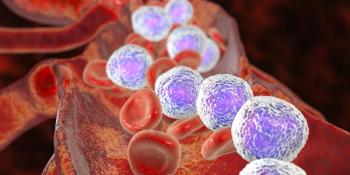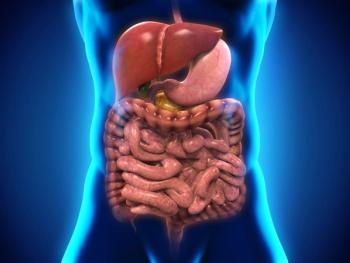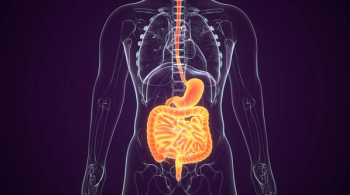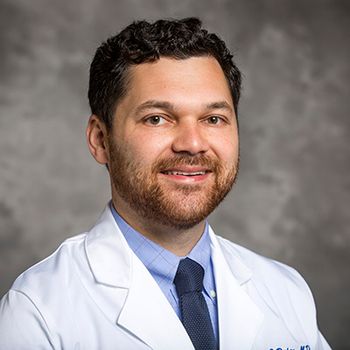
Optimizing Outpatient Care for Cellular Therapy in Multiple Myeloma
Management of adverse effects and access to cellular therapies among community oncologists represented key points of discussion in multiple myeloma.
At the 2025 National Immune Cell Effector Therapy Conference, CancerNetwork® spoke with Al-Ola A. Abdallah, MD, about critical developments related to the use of novel cellular therapies based on a series of presentations and a panel discussion in a session dedicated to the management of multiple myeloma and other plasma cell disorders.
According to Abdallah, an associate professor of medicine and the director of the Plasma Cell Disorder Clinic in the Division of Hematologic Malignancies and Cellular Therapeutics at the University of Kansas Medical Center, key areas of discussion across the session included access to chimeric antigen receptor (CAR) T-cell therapy and bispecific agents among community oncologists as well as the management of toxicities such as infection and taste changes. Additionally, the session’s panel discussion included a conversation about improving the use of these cellular therapies in the outpatient setting while using drugs like tocilizumab (Actemra) to mitigate adverse effects and decrease the likelihood of hospitalization among patients.
Transcript:
Our major focus was about the cellular therapies, the main 2 major treatments, the CAR T-cell [therapies] that are approved right now, and some clinical trials that we believe will have a potential approval in the future. Also, we had a great discussion about the bispecific treatments that focus on the 3 BCMA-directed [therapies] as well as the GPRC5D treatments that we have approved. Majorly, we talked about the challenges that we saw, especially the concerns of community oncologists [regarding] access to treatment, to either the CAR T-cell [therapy] or access to management for bispecific treatments, especially with some of the [adverse] effects that are concerning and could be from a risk of grade 3/4 infection down to disturbance of the quality of life for patients who receive drugs like talquetamab that affect their taste—like dysgeusia—and nail and skin changes. That was our biggest focus on these cases, more about updates about these standard-of-care treatments and management of some of these [adverse] effects.
The biggest focus was about how we can apply most of the treatment [in the] outpatient [setting] because that was the biggest challenge. If we apply it outpatient, we have a big chance that more community oncologists will be able to administer the treatment. One of the biggest points was every institution is now starting to use drugs like tocilizumab as a cytokine release syndrome prophylaxis in order to prevent the reaction or any [adverse] effects. That helps a lot to improve [or] decrease the hospitalization for these patients. That can be a potential impact for administering the treatment outpatient and [among] community, oncologists, which was the biggest goal of this discussion.
Newsletter
Stay up to date on recent advances in the multidisciplinary approach to cancer.

















































































